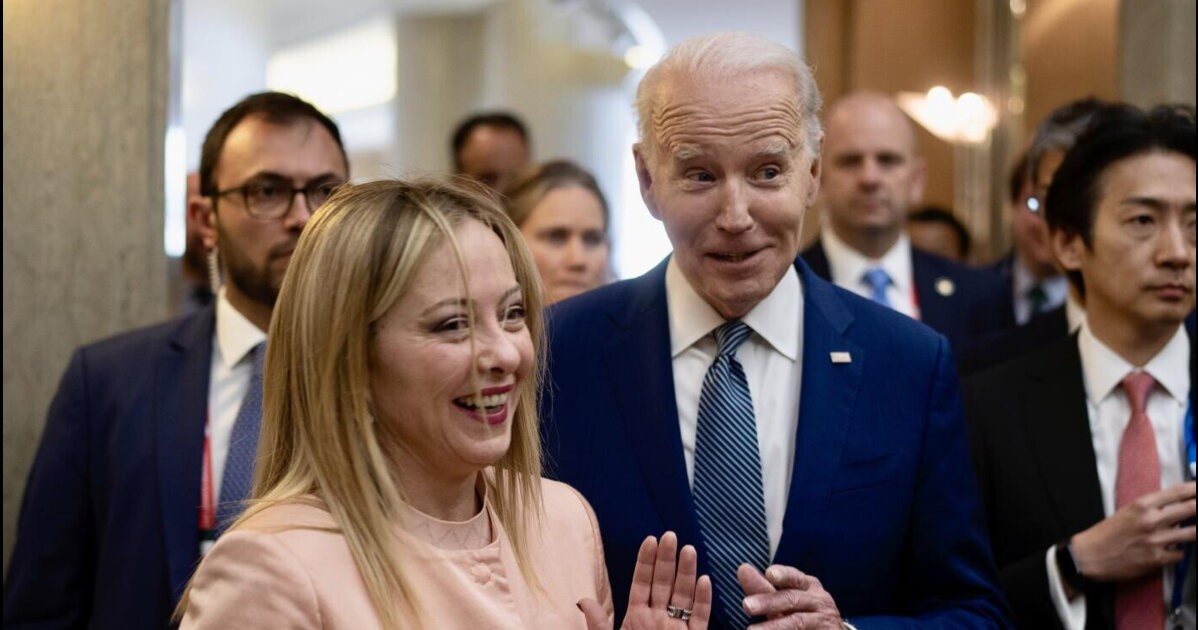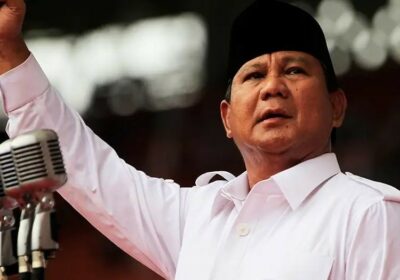ITALY FINALLY CLOSES THE SILK ROAD

Since her election as Prime Minister, Giorgia Meloni has been engaged in a feverish programme of international visits, as she evidently considers the rebalancing of Italian alliances and positions a priority. Surprisingly, Meloni’s Italy is pro-European and pro-American – in fact. And that is why the trip to Washington, undertaken to tell President Biden, in no uncertain terms, that the Italian-Chinese agreements of recent years are waste paper if the Americans do not turn their backs on us.
The Renzi government has used China as a counterweight in its negotiations, whose greatest weight has always been to bind Italy to the moderate policy of the Arab theocracies. However, the arrival of the Grillo’s marked the media, diplomatic and (it was promised) economic turning point of Italy’s adhesion, the first European country to do so, to the Silk Road project (BRI)[1] , i.e. the declared Chinese design to use the proceeds of its trade surplus to become the epicentre of the new world order[2] . An agreement under which we were promised over 20 billion euro[3] ,
Translated into facts: the Chinese have started to buy ports and airports, to build new roads and railways, to impose their own cars and vehicles on land, water and air, to buy stakes in European excellence: pharmaceuticals, steel, technology, tourism and agribusiness. In return, tax concessions were promised to Italian companies wishing to expand their business operations in China: Beijing has unwillingly created a disillusioned bourgeoisie eager for fashion and products that do not have the same appeal in China as in the West[4] .
Thus, in 2019, the Conte government signed a series of agreements and contracts that will expire in the coming weeks and that Meloni (in my opinion, rightly) does not want to renew. It is an interminable list: the Chinese of COSCO are brigading to acquire control (and profits) of the port of Trieste, Taranto and Genoa[5] . The former, which has been in crisis for years, has once again become a prospect because of the new industrial and trade routes linking northern Europe with the Persian Gulf. The Chinese will not bring new customers, but they will take the ones we have anyway. Of the 29 billion promised in industrial infrastructure (such as the electric car industry in Reggio Emilia) almost nothing remains, except unpaid debts and judicial investigations[6] .
CDP Cassa Depositi e Prestiti’s commitment with the Bank of China, which promised new Chinese orders to ENI, Ansaldo, SNAM and Danieli, remained one-sided, while the agri-food company’s commitment on oranges and meat for slaughter opened the door wide to foreign goods without any quality control and which can now be sold as Italian products[7] . 16 billion arrived in Italy, but almost 51 billion went in the opposite direction – and most of that invested in Italy relates to industrial and trade agreements prior to the signing of the BRI contract[8] .
The effect of these agreements on the trade balance is laughable. In the last four years, the only Italian market that has grown in China is that of clothing – everything else grew briefly and then returned to pre-2019 levels, as it seems it will be again at the end of 2023[9] . The difference is that Italy’s exports to China are worth about $50 billion (less than imports from China)[10] , while Italy’s exports to the US are worth almost twice as much (with the balance favourable to Italy)[11] .
It is true that China is in crisis, and that its economy tends to contract at the moment. Although its trade with France and Germany is greater than that with Italy (and without them having signed binding agreements as we did), in these years of Chinese difficulties it has grown steadily, while that with other western countries has remained stable or decreased slightly[12] .
But President Meloni’s choice, as said, is strategic. Better to stay with Europe and the United States. We remain a country with limited sovereignty, we at least know well who is in charge and, over the decades, we have also learnt to deal with them as equals when necessary. I don’t think this model is replicable with China.
ITA036
[1] https://am.pictet/it/blog/articoli/mercati-e-investimenti/belt-e-road-cos-e-e-quali-sono-gli-accordi-tra-italia-e-cina
[2] https://am.pictet/it/blog/articoli/mercati-e-investimenti/italia-cina-usa-come-cambiano-i-rapporti-con-la-nuova-via-della-seta
[3] https://www.ilsole24ore.com/art/via-seta-oggi-firma-memorandum-italia-cina-AB2KhKhB
[4] https://am.pictet/it/blog/articoli/mercati-e-investimenti/belt-e-road-cos-e-e-quali-sono-gli-accordi-tra-italia-e-cina
[5] https://pagellapolitica.it/articoli/via-della-seta-italia-governo-meloni
[6] https://www.wired.it/article/auto-elettriche-cina-silk-faw-fabbrica-emilia-mistero/
[7] https://am.pictet/it/blog/articoli/mercati-e-investimenti/italia-cina-usa-come-cambiano-i-rapporti-con-la-nuova-via-della-seta
[8] https://pagellapolitica.it/articoli/via-della-seta-italia-governo-meloni
[9] https://www.infomercatiesteri.it/scambi_commerciali.php?id_paesi=122#
[10] https://italian.cri.cn/2023/01/14/ARTInvqLvRvoGepOEcjoaPf6230114.shtml
[11] https://www.infomercatiesteri.it/paese.php?id_paesi=55
[12] https://www.startmag.it/economia/italia-cina-rapporti-commerciali-memorandum/




Leave a Reply